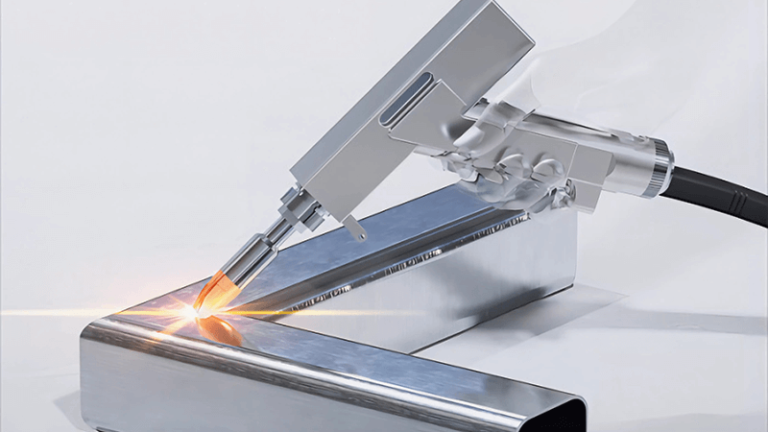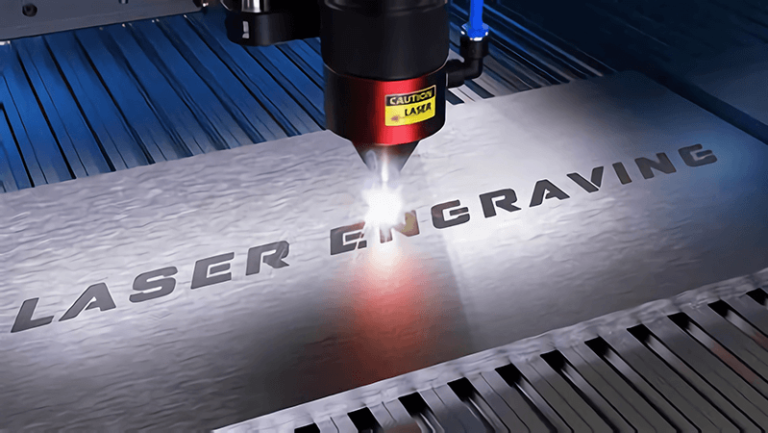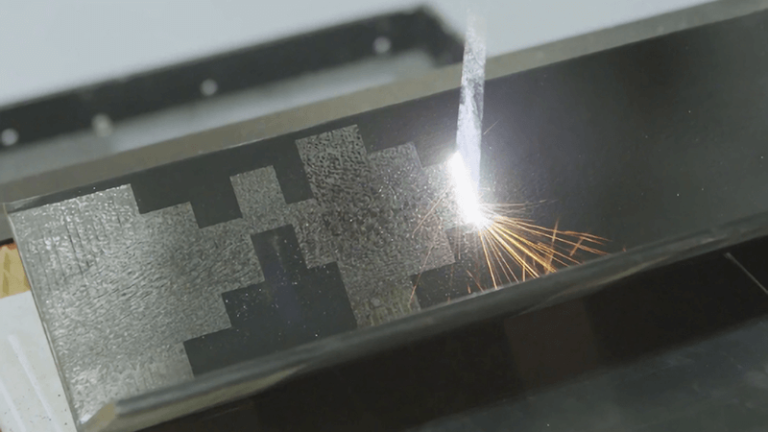Hey, I’m Mark from Kirin Laser. Imagine this: you’re shopping for a laser welder, and the prices swing wildly. One’s a steal, another’s a fortune, and you’re left confused. I’ve been there—it’s a headache! At Kirin Laser, we make laser welders, cutters, cleaners, and markers. I’m here to unpack what drives those costs so you can choose smart and keep your budget in check.
What factors influence welder laser price? It’s the laser type, power output, extra features, and cooling system. We specialize in fiber laser welders at Kirin Laser—handheld models from 700W to 6kW, plus platform and robotic arm setups. Our handheld ones, like the 1.5kW with air cooling or 3kW with water cooling, show how these factors shift the price. Let’s break it down.
Hang with me—I’ve got the inside scoop. From laser types to cooling, I’ll walk you through it so you know what you’re paying for.

How Does the Type of Laser Impact the Overall Cost of a Welder?
I’ve seen this puzzle plenty of times. You’re eyeing a welder, and the laser type1 changes the price big time. It’s a key piece! At Kirin Laser, we build fiber laser welders2—handheld ones like 2kW, or platform models at 3kW. I’ve been in this game long enough to know the laser inside makes or breaks the deal.
The type of laser impacts cost because fiber lasers are efficient and tough, pushing the price up. Our fiber welders—like the 1.5kW handheld—cost more than old CO2 or YAG types3. They last longer, sip power, and weld cleaner. You shell out more now, but it pays off later.
There’s more to it than just cash. I’ll dig into why fiber lasers win and how they hit your wallet over time.
Why Laser Type Matters
I kicked off Kirin Laser because I saw shops stuck with weak tech. Fiber lasers are our bread and butter—here’s why they cost what they do:
Efficiency Edge
Fiber lasers turn power into welds better than CO2. Our 2kW handheld uses less juice—cuts your electric bill.
Built to Last
These things don’t quit. I’ve got clients running our 3kW welders for years—no replacements needed. Cheaper lasers burn out fast.
Weld Quality
Fiber beams are tight. You get smooth welds on steel or aluminum. Less cleanup, less stress.
Here’s the breakdown:
| Laser Type | Initial Cost | Lifespan | Power Use |
|---|---|---|---|
| Fiber (Kirin) | $20,000+ | 100,000 hours | Low |
| CO2 | $10,000 | 20,000 hours | High |
| YAG | $15,000 | 10,000 hours | Medium |
I’ve lived this. Some clients grabbed a cheap CO2 welder—dead in months. Switched to our 1.5kW fiber handheld, and they’re still rocking it. At Kirin Laser, we bet on fiber for reliability. Yeah, it’s pricier upfront, but you’re not swapping parts or cursing high bills. For wholesalers, this means profit. You’re getting a machine that lasts. Want to see how power plays in? Let’s roll on.
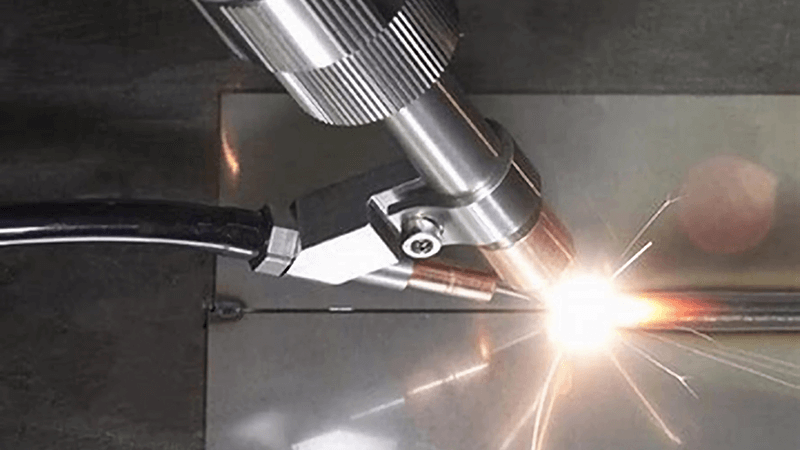
How Does the Power Output of a Laser Welder Affect Its Price?
Power’s a big deal—I’ve wrestled with it myself. You’re checking out welders, and more watts mean more dollars. It’s tricky! At Kirin Laser, we offer handheld welders from 700W to 6kW. I’ve built these from scratch, so I know power isn’t just a spec—it’s what gets the job done.
Higher power output raises the price because it brings more strength and better parts. Our 700W handheld is budget-friendly, but the 6kW model costs more. Why? It welds thicker stuff faster. You’re paying for speed, depth, and quality components.
Let’s unpack this. Power doesn’t just bump the cost—it changes what you can tackle. I’ll show you how.
Power’s Price Tag Explained
I’ve seen shops pick low power and flop. Too little, and you’re stuck. Too much, and you overspend. Here’s how it works at Kirin Laser:
Thicker Jobs
Our 6kW handheld welds 10mm steel easy. The 700W? Thin sheets only. More power, more reach—higher price.
Speed Boost
Big watts finish fast. Our 3kW handheld cuts weld time in half versus 1.5kW. Time’s cash, right?
Top Parts
High power needs beefy cooling and optics. Our 6kW has water cooling—costs more than the 700W air setup.
Here’s the scoop:
| Power | Price Range | Weld Thickness | Speed |
|---|---|---|---|
| 700W | $1,500-$2,500 | Up to 2mm | Moderate |
| 1.5kW | $2,000-$2,500 | Up to 4mm | Fast |
| 2kW | $3,000-$4,000 | Up to 6mm | Fast |
| 3kW | $5,000-$7,000 | Up to 8mm | Very Fast |
| 6kW | $10,000+ | Up to 10mm | Very Fast |
I’ve got a story. Some clients tried our 1.5kW on thick plates—too slow. We bumped them to 3kW, and they doubled output. At Kirin Laser, we fit power to your work. Some clients love our 2kW—great balance. Low power saves now, high power saves later. What’s your shop need? Let’s check out features next.
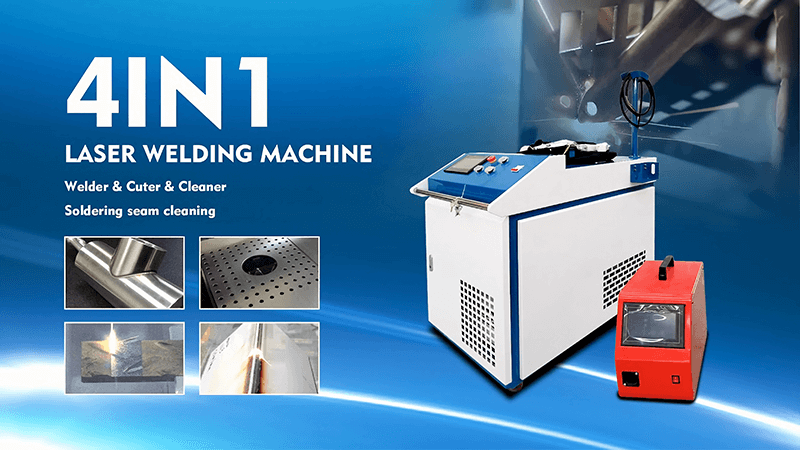
What Extra Features Can Drive Up Laser Welder Costs?
Here’s a curveball I’ve faced. You’re set on a welder, but add-ons jack up the price. Sneaky, huh? At Kirin Laser, our handheld welders—like the 1.5kW or 3kW—start simple, but extras like automation4 or special lenses5 change the game. I’ve seen how features tip the scales.
Extra features drive up costs because they add tech and flexibility. Our base 2kW handheld is solid, but toss in a robotic arm setup or advanced optics, and the price climbs. You’re paying for options that make life easier or jobs bigger.
There’s a lot here. I’ll break down what these features do and why they cost you more.
Features That Add Up
I’ve watched clients skip extras and regret it—or grab too many and wince. Here’s how features hit the price at Kirin Laser:
Automation6
Add a robotic arm to our 3kW welder, and it runs itself. Great for big runs, but the tech’s not cheap.
Optics Upgrades
Special lenses for our 6kW handle tricky metals. More precision, more cost—worth it for tough jobs.
Controls
Touchscreens or software on our 2kW make it user-friendly. Extra circuits and coding bump the bill.
Here’s the difference:
| Feature | Cost Add-On | Benefit | Best For |
|---|---|---|---|
| Automation | $5,000-$10,000 | Hands-free work | High volume |
| Optics | $2,000-$5,000 | Better welds | Complex materials |
| Smart Controls | $1,000-$3,000 | Easy use | New users |
I’ve seen this play out. Some clients added automation to our 3kW handheld—tripled their output, but it cost extra. At Kirin Laser, we let you pick: keep it lean or load up. Some clients grab smart controls—sells better. Features aren’t fluff—they’re tools. Base models save cash, extras save time. What’s your priority? Let’s hit cooling next.
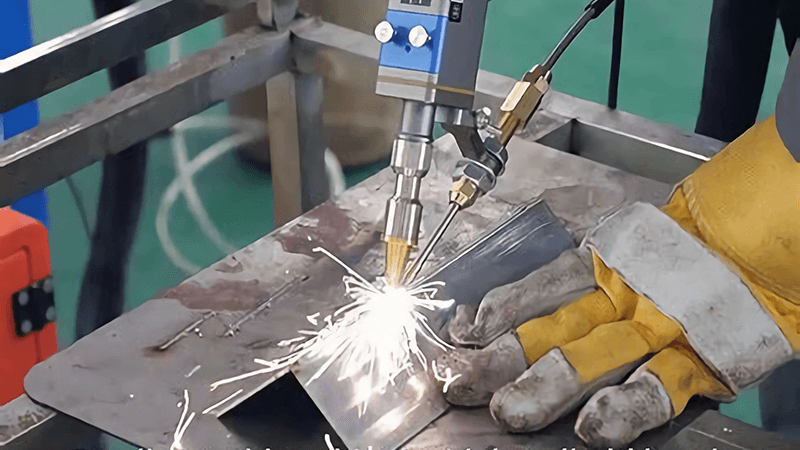
How Do Cooling Systems Influence the Price and Performance of Laser Welders?
Cooling’s a quiet killer. You’re comparing welders, and suddenly price or performance shifts7. I’ve had machines overheat on me—total pain. At Kirin Laser, we use air cooling for 700W, 1.5kW, and 2kW handhelds, and water cooling for 1.5kW, 2kW, 3kW, and 6kW. It’s a huge factor.
Cooling systems influence price and performance because water cooling costs more but beats heat better8. Our 700W air-cooled is cheap and simple. The 6kW water-cooled? Pricier, but it runs hard all day. Cooling keeps your welder kicking.
Let’s dive in. I’ll show you how cooling changes the cost and keeps your machine alive9.
Cooling’s Big Impact
I’ve learned this lesson—cooling’s no joke. A hot laser dies fast. Here’s how it shakes out at Kirin Laser:
Air Cooling Basics
Our 700W air-cooled is light and low-cost. Fans work for small welds—less build, less price.
Water Cooling Strength
The 6kW water-cooled has pumps and tanks. More parts, higher cost—but it welds thick steel nonstop.
Performance Win
Water trumps air on big jobs. Our 3kW water-cooled stays cool—less breaks, more welds.
Here’s the rundown:
| Cooling | Price Add-On | Power Range | Runtime |
|---|---|---|---|
| Air | $500-$1,000 | 700W-2kW | Short bursts |
| Water | $2,000-$5,000 | 1.5kW-6kW | Continuous use |
I’ve got a tale. Some clients pushed our 1.5kW air-cooled too hard—overheated. Swapped to water-cooled, and they never stopped. At Kirin Laser, we tie cooling to power—air’s fine for light stuff, water’s boss for heavy work. Some clients push water-cooled—uptime sells. Cooling’s not just cost—it’s staying power. What’s your focus: cheap or tough? Let’s wrap this up.
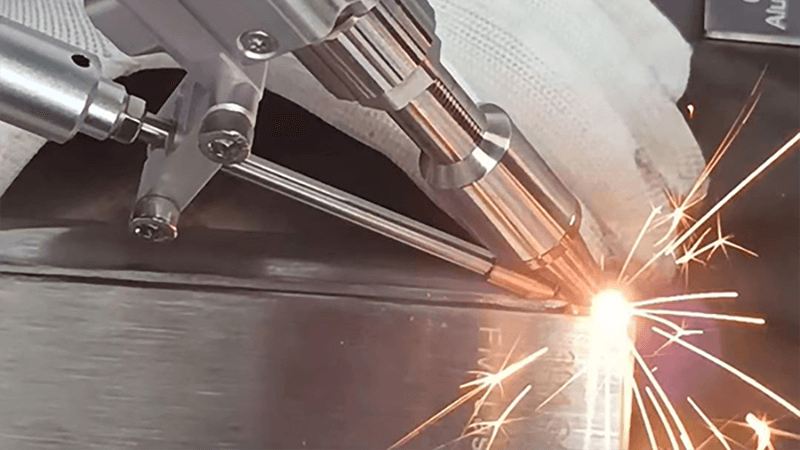
Conclusion
Hey, it’s Mark again. We’ve cracked the code on laser welder prices at Kirin Laser. Fiber lasers cost more but deliver. Power—like our 700W to 6kW handhelds—lifts the price for thicker welds and speed. Features like automation add bucks but save time. Cooling? Air’s cheap, water’s strong. I started Kirin Laser to cut the confusion—give you machines that fit. Whether you’re scaling up or just starting, we’ve got you. Check us out at www.kirinlaser.com10—let’s weld smart.
-
Compares the key differences in efficiency and durability between various laser types, helping understand the cost-benefit ratio. ↩
-
Explains how fiber lasers are more energy-efficient, leading to long-term savings and reduced operational costs. ↩
-
Highlights how fiber lasers produce cleaner, higher-quality welds compared to other laser technologies. ↩
-
Explains how adding automation, like robotic arms, increases welder costs while improving productivity. ↩
-
Provides insight into how optics upgrades impact precision and the overall price of laser welders. ↩
-
Discusses the role of robotic arms in enhancing automation and increasing the cost of laser welders. ↩
-
Explains the performance difference between cooling systems and why it matters when choosing a laser welder. ↩
-
Breaks down the pricing impact of different cooling systems and what you get for the added cost. ↩
-
Details how proper cooling prevents overheating and protects high-power laser equipment. ↩
-
Looking for your best laser welding machine and laser welding solutions from Kirin Laser. ↩


